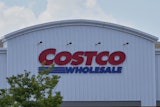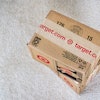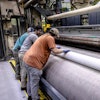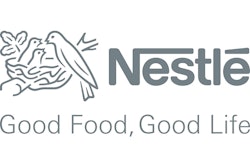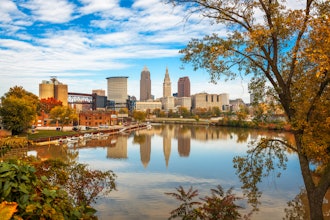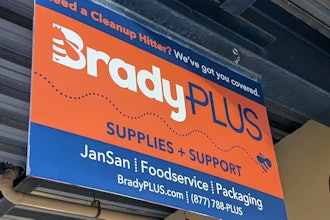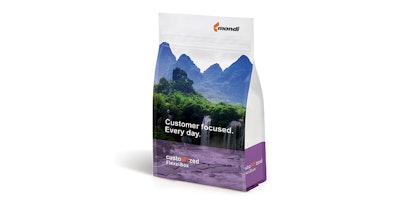
Recent decades have seen a proliferation of food products to suit every consumer taste and demographic. As late as the 1990s, the typical grocery store contained about 7,000 different items. Today, according to a 2018 survey by the Food Marketing Institute, the item count has risen to over 30,000 per store (down from a peak of 40,000 just a few years ago).
Amid such variety, it’s easy to get overlooked. Accordingly, food manufacturers and brand owners are seeking new ways to attract attention on store shelves. Many are turning to innovative packaging solutions, such as ultra high-definition flexographic printing. Benefitting from modern advances in flexo systems and components, ultra high-def flexo exhibits much improved print fidelity compared with standard flexography. It overcomes flexo’s traditional printing limitations while retaining its advantages such as the ability to make short print runs.
The new flexo technology produces photographic-quality images and crisp, legible text down to the smallest font. This gives food companies a new set of tools to differentiate their products and promote their brand message. Some of the possible options include:
1. Using Packaging Space More Efficiently
Ultra high-def flexo produces highly legible type, an effect especially notable in the smaller fonts. Type sizes as small as 6 points remain readable to the unaided eye. This allows food companies to convey the same information in a smaller space than before.
The same companies can use the extra packaging space to full advantage, as a backdrop for the photo-quality images and vivid graphics produced by ultra high-def flexo. Together with the text, these images can further support the brand message.
 Food manufacturers are turning to innovative packaging solutions, such as ultra high-definition flexographic printing.
Food manufacturers are turning to innovative packaging solutions, such as ultra high-definition flexographic printing.2. Telling the Full Product Story
A food product’s back story can be as appealing to consumers as its nutritional value. Consumers often want more information on the food items they’re purchasing, such as the history of a grain variety or the location where a fish was caught or harvested. The extra space afforded by smaller font sizes allows a more complete product story to be told.
3. Producing Multi-Lingual Packaging
Demand for multiple languages on packaging is increasing due to the twin forces of globalization and immigration. Compact ultra high-def flexo printing makes it easier to include two or more languages on packaging. This enables food companies to more easily serve the export market or reach immigrant communities in their native languages.
Refreshing an Established Product
Ultra high-def flexo can help a food company promote a new product or refresh an older one. Consider an established product in a highly competitive category. Its sales are slumping as new entrants capture market share with splashier packaging and a fresh brand message. A new marketing strategy and more vibrant packaging enlivened by ultra high-def flexo might stop the slide and rejuvenate the product.
Food companies face a heated, aisle-by-aisle battle for consumer attention. New tools like ultra high-def flexo can help them rise to the challenge.
William Kuecker is Vice President of Marketing at Mondi Group
